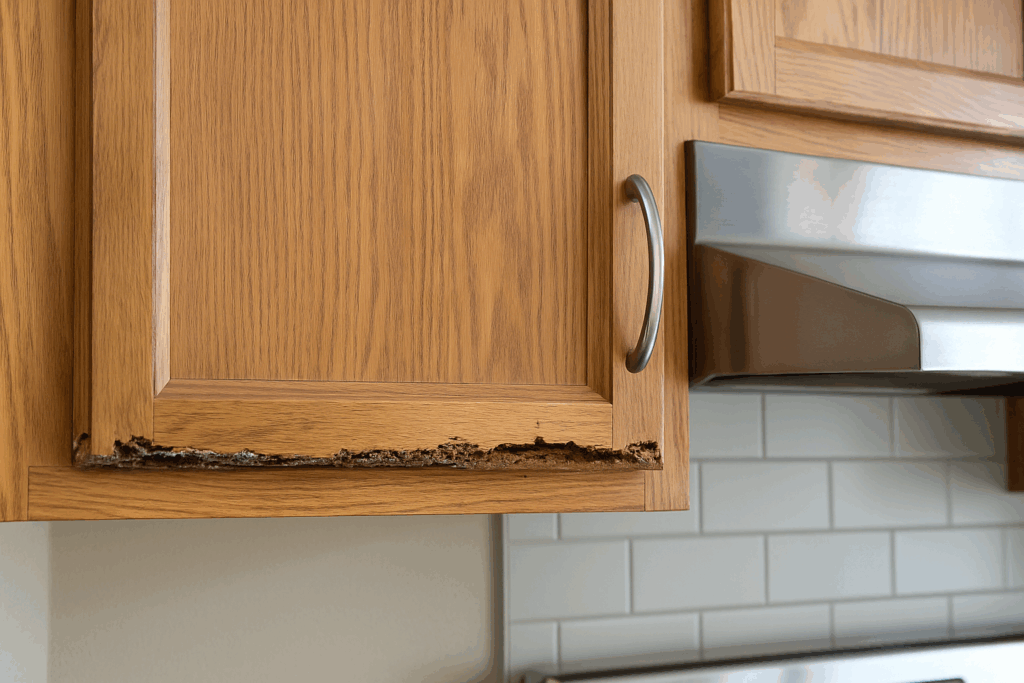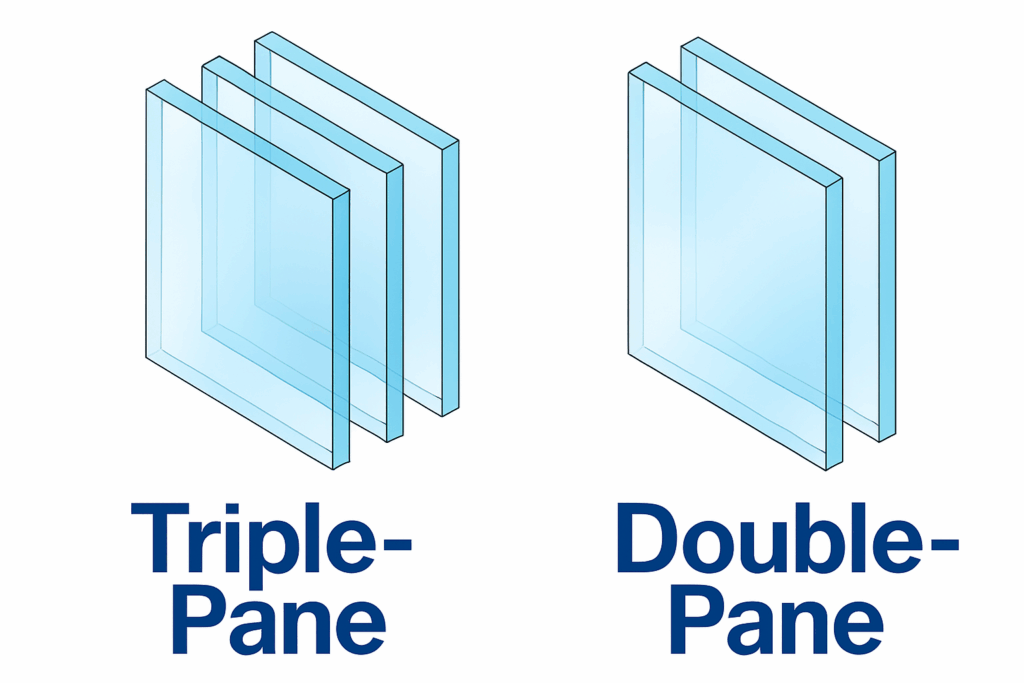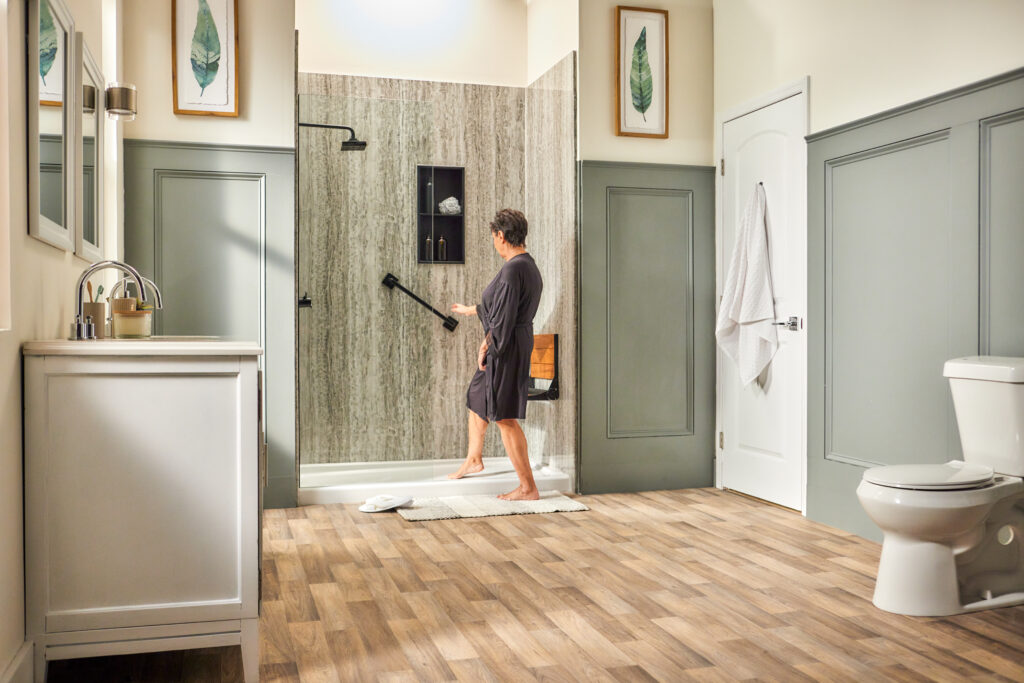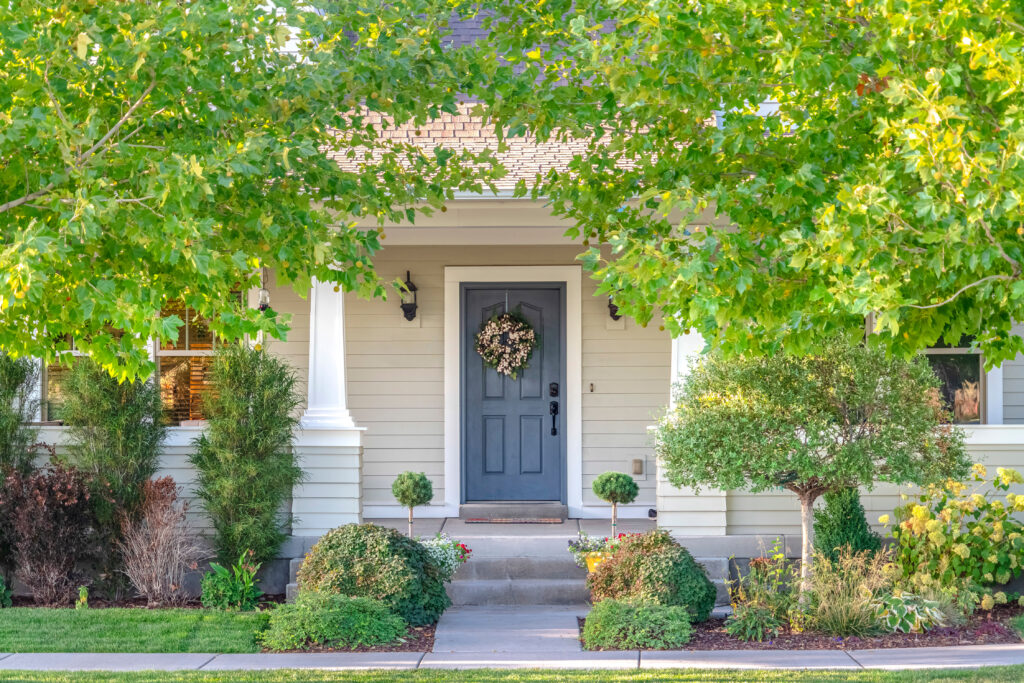
A worn‑out entry door isn’t just a small draft. It’s a silent siphon that drains both comfort and cash every hour the HVAC system runs. That’s why energy efficient doors are one of the smartest upgrades a homeowner can make.
By combining tighter seals with high‑tech insulating cores, modern slabs limit temperature swing, reduce your climate control system run‑time, and make every room feel more comfortable. This guide explains the essentials in everyday language, so you can choose a door that performs as well as it looks.
Why Exterior Door Energy Efficiency Matters
When conditioned air slips out under a threshold or through a poorly fitted jamb, your furnace or air‑conditioner has to work harder. Improving exterior door energy efficiency delivers three clear benefits:
-
Savings you can measure – Studies from the Department of Energy show that sealing a leaky entry can cut annual heating and cooling costs by up to 15 percent.
-
Comfort you can feel – Fewer drafts lead to steadier indoor temperatures and less noise from traffic or barking dogs.
-
Value you can bank on – Real‑estate reports consistently list door replacements among the highest cost‑recoup projects at resale.
Numbers on the National Fenestration Rating Council (NFRC) label make those benefits visible. The two most important are U‑factor (how well the door slows heat transfer) and Solar Heat Gain Coefficient (how much unwanted sunlight heat passes through glass). Lower values mean better performance.
Understanding Door Ratings: U‑Factor, R‑Value, and SHGC
When you shop for an insulated door, three numbers on the NFRC label tell you how well it will perform:
-
U‑Factor – Think of this as the door’s “heat‑escape rate.” It ranges from about 0.15 to 0.40 on modern products. The lower the number, the less heat slips through in winter and the less cool air leaks out in summer.
-
R‑Value – While insulation ads talk about R‑value, doors are usually labeled with U‑factor. They measure the same thing in opposite ways: if a door’s U‑factor goes down, its R‑value goes up. A simple rule of thumb — cut the U‑factor in half and you roughly double the insulating strength.
-
SHGC (Solar Heat Gain Coefficient) – This gauges how much of the sun’s heat the glass lets inside. Lower numbers block more summer heat, which keeps entryways from feeling like a greenhouse.
Quick takeaway: look for the lowest U‑factor and SHGC your budget allows! The door will naturally carry the highest practical R‑value.
What Makes a Door Truly Energy Efficient?
A quality door is more than just a pretty slab. Premium energy efficient doors combine several design features that work together:
-
Insulating core – Polyurethane or polystyrene foam fills the space between skins, providing up to four times the R‑value of wood.
-
Tight perimeter seals – Magnetic or compression weather‑stripping hugs the frame even after years of use.
-
Low‑E glass packages – Multiple panes of glass with an invisible coating reflect infrared heat, keeping interiors cooler in summer and warmer in winter.
-
Thermally broken frames – Aluminum frames are split by a plastic spacer, stopping outdoor temperatures from creeping indoors. Make sure to ask your consultant whether this upgrade is available.
Every component matters! If you skimp on one, overall performance drops.
Which Material Is Best? Fiberglass, Steel, Or Wood
Choosing a material affects maintenance, lifespan, and insulation. Our detailed front door guide breaks down the science, but here’s the quick version:
-
Fiberglass
-
Pros: Highest R-values, resists dents, accepts wood-grain stains
-
Considerations: Slightly higher upfront cost
-
-
Steel
-
Pros: Excellent security, slim profiles, budget-friendly
-
Considerations: Conducts heat faster unless thermally broken
-
-
Wood
-
Pros: Classic aesthetics, customizable panels
-
Considerations: Needs regular sealing; lower insulation unless foam-filled
-
If your home calls for a special size or decorative glass, our design team can develop custom doors that blend the charm of wood with the efficiency of fiberglass cores.
Finding the Best Insulated Exterior Doors
Homeowners often ask which models rank as the best insulated exterior doors. There’s no single answer, but a clear decision path helps:
-
Match climate and exposure. For sun‑drenched elevations, prioritize low Solar Heat Gain numbers. Wind‑prone regions benefit from multi‑point locking systems that pull the slab tight.
-
Balance glass and privacy. Full‑lite designs flood interiors with daylight yet increase heat gain unless they include advanced coatings. Half‑lite or three‑quarter‑lite options offer a solid middle ground.
-
Check performance labels. Aim for a U‑factor near 0.25 (less heat leaking out) and an SHGC around 0.30 or lower (less solar heat sneaking in); those numbers mark a door that performs among the best in most U.S. climates.
-
Consider style continuity. Craftsman homes look best with stile‑and‑rail construction. Modern façades pair well with flush panels and minimal hardware.
Many homeowners ultimately select entry doors made of fiberglass because they make no compromises on aesthetics or performance, combining detailed wood‑grain textures with impeccable test numbers.
Shopping Tips for Getting the Best Insulated Entry Doors
If you’re focused on getting the best insulated entry doors, keep these practical pointers in mind:
-
Look for ENERGY STAR certification. It guarantees the slab meets (or beats) federal efficiency benchmarks.
-
Inspect the weather‑stripping. A bulb seal around the jamb and an adjustable threshold help the door stay snug as seasons change.
-
Mind the warranty. Lifetime coverage on both slab and glass shows the manufacturer trusts its construction.
-
Ask about hardware compatibility. A well‑insulated slab that fits smart locks or video doorbells today prevents retrofits later.
Why You Need Professional Installation
Even the strongest door underperforms if it’s installed poorly. Proper door installation begins by removing the old trim, checking the rough opening for rot, and adding a sill‑pan flashing that channels water away from the subfloor. The installer then sets the new frame plumb and square, seals any gaps with low‑expansion foam, and finishes by adjusting the threshold and confirming the latch aligns smoothly.
If the existing frame is warped or water‑stained, a full door replacement usually costs less in the long run than cosmetic patchwork. Skipping this step can leave hidden gaps that defeat all the insulating tech baked into a new slab.
Exterior Door Energy Efficiency Beyond the Front Entry
Back doors and patio sliders matter too! For those spaces, sliding fiberglass models or hinged French doors with Low‑E glass maintain energy efficient performance while letting in light and backyard views. If you entertain often, wide openings with continuous sill designs make traffic flow easier without sacrificing insulation.
Common Myths About Energy Efficient Doors
Myth 1: Glass panels always reduce performance. Modern Low‑E coatings and argon fills mean a full‑lite door can score nearly the same U‑factor as a solid panel.
Myth 2: Wood can’t be efficient. Foam‑core engineered wood doors offer respectable R‑values when properly sealed.
Myth 3: You can DIY and save. Most DIY installs skip sill pans or use too much expanding foam, leading to bowed jambs and air leaks within a year. Trust a pro.
The Bottom Line
A door upgrade isn’t just cosmetic: it’s a targeted strike against wasted energy. By checking labels, choosing the right material, and insisting on skilled installation, you secure year‑round comfort and measurable savings.
Ready for a Draft‑Free Home?
Statewide Remodeling has helped tens of thousands of homeowners replace leaky slabs with precision‑fit, high‑performance doors. Our consultants measure your opening, recommend models backed by lifetime warranties, and oversee a flawless install backed by workmanship guarantees.
To book your free design consultation and receive a personalized efficiency forecast, contact us today. One conversation could seal years of savings.

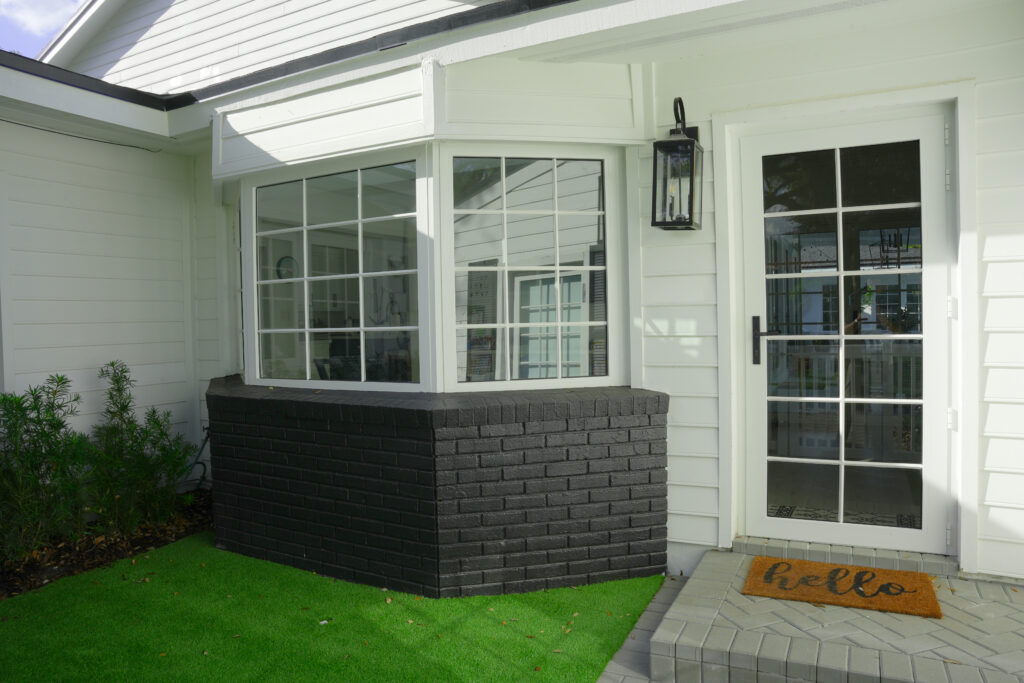

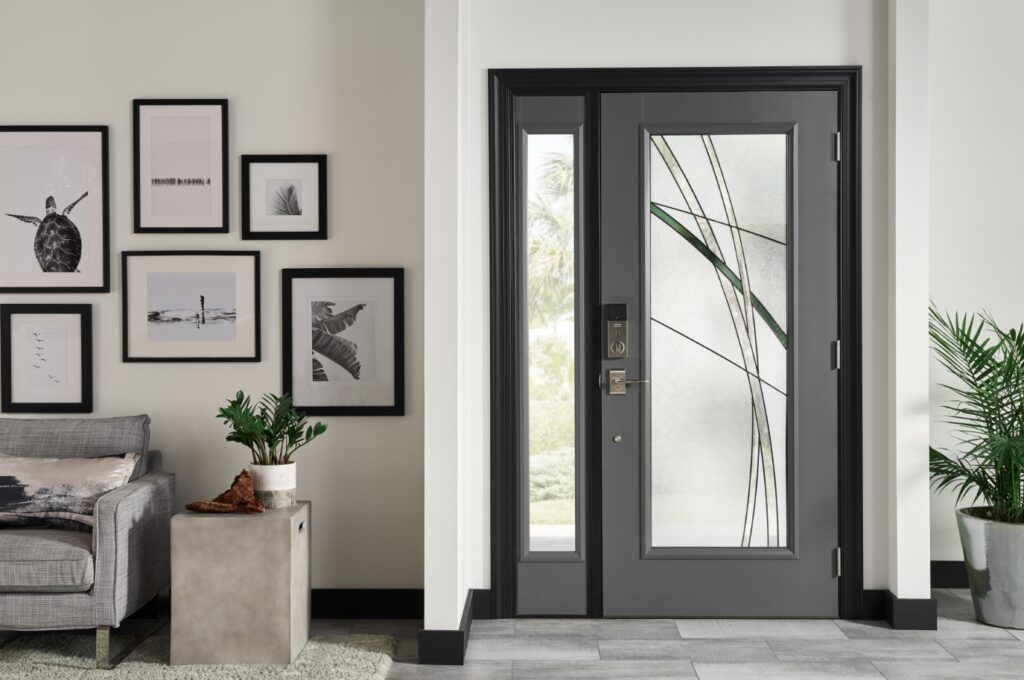


.png)
.png)
